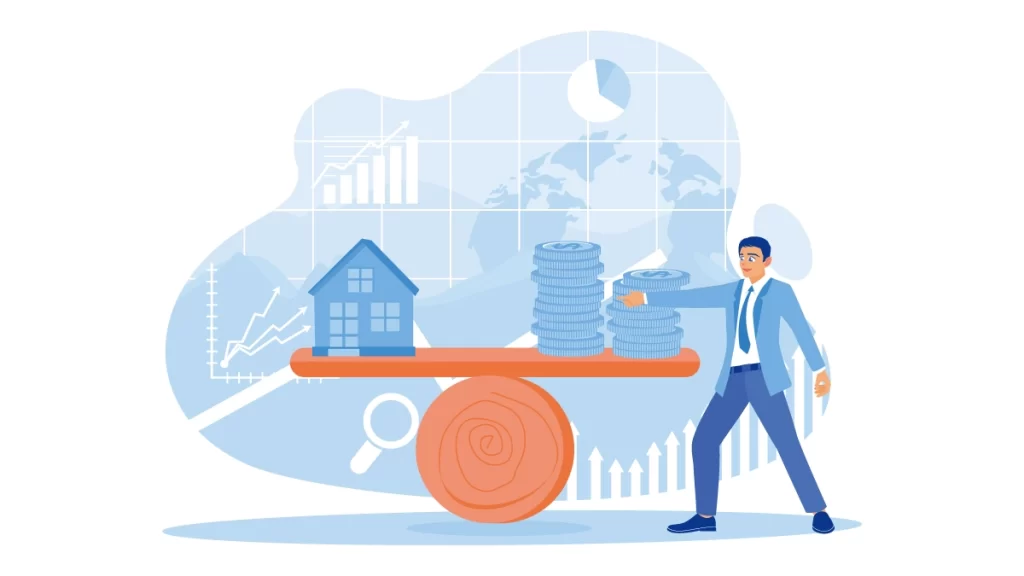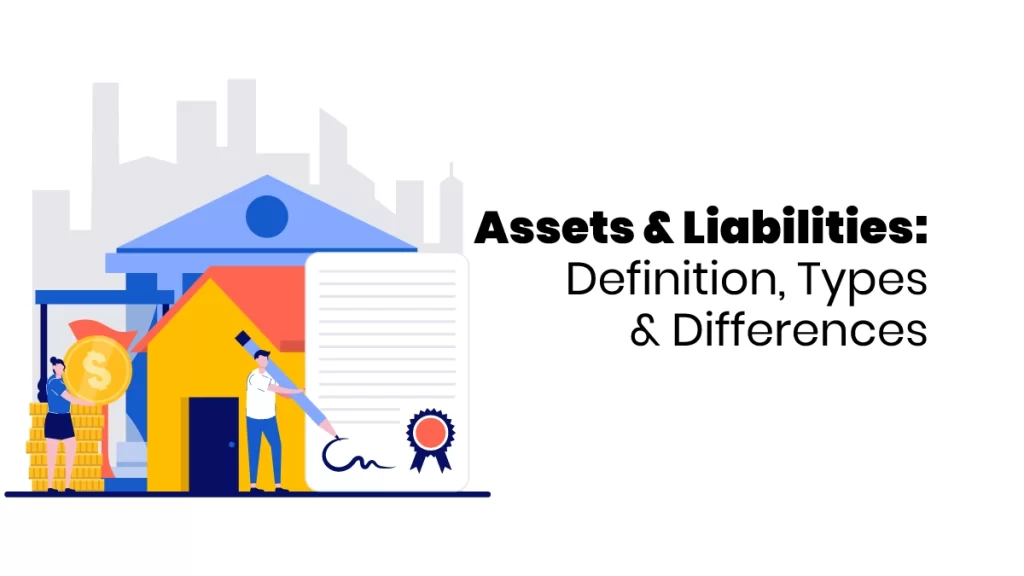Businesses use balance sheets to understand how money comes in and goes out. This shows a complete picture of a company’s current money situation, helping managers make intelligent decisions. Learning about business accounting can be interesting, especially when it helps people know if their investments are doing well. Let’s read about assets and liabilities and how these help one to run a smooth business.
What are Assets and Liabilities?
Assets help a business make money, like tools or equipment. Liabilities are like promises or debts a company owes to others. Assets make a business work well, while liabilities are things a business needs to take care of. Both assets and liabilities will help every company to manage the smooth accounting process.
Difference Between Assets and Liabilities
In a company’s balance sheet, you find assets and liabilities, each having a unique role in the company’s growth. Here are some differences between assets and liabilities:
Money Matters
For a company to succeed, it’s best when the value of its assets is more than what it owes in liabilities. This ensures there’s enough money to handle debts. If liabilities outweigh assets, it could signal financial challenges. Liabilities are necessary for a business to grow, like taking a loan to get tools or materials that help the business expand. Both assets and liabilities are crucial to make careful choices so that a company’s liabilities stay less than its assets.
Depreciation
Depreciation happens when assets wear out or lose value over time due to regular use in daily business activities, like manufacturing or administration. Conversely, liabilities maintain a steady value and don’t depreciate.
Cash Flow
Assets bring cash to the company’s accounts, boosting the available cash balance. They add to the company’s cash resources. Meanwhile, liabilities lead to money going out, reducing the company’s cash balance.
Types of Assets
Various factors influence asset categorization, such as convertibility, physical existence, and usage. The following outlines diverse asset types based on convertibility:
Assets Based on Convertibility
Current Assets
Current assets, commonly called liquid assets, can be converted into cash or equivalents within a year. This conversion might take place through inventory sales or account settlements. Companies rely on current assets, like cash, office supplies, and marketable securities, for day-to-day operations. Examples of current assets encompass short-term deposits, accounts receivable, and inventory.
Fixed Assets
Fixed or capitalized assets enable companies to generate future income by producing goods and services. These assets constitute long-term investments that may undergo depreciation over time. Companies may liquidate fixed assets to convert them into cash in emergencies or financial downturns. Various types of fixed assets include equipment, furniture, land, patents, and trademarks.
Assets based on Physical experience
Tangible Assets
You can physically touch and use these things in a company’s everyday work, like machines, office supplies, and money. They’re crucial for keeping the business running smoothly.
Intangible Assets
These things are valuable to a company, but you can’t touch them. Examples include copyrights, permits, brand reputation, and intelligent ideas. Even though you can’t hold them, they’re super important for how well a business does.
Assets Depending on How They Help
Operating Assets
These are things a business needs every day to run smoothly. They directly contribute to making and selling products or services, like buildings, copyrights, equipment, and cash. These things keep the business going and growing.
Non Operating Assets
These things might only be used daily, sometimes for work, but they bring in extra money for the business. Examples include empty land, interest from money saved, or short-term investments. They’re not part of the daily grind but help the company make more money.

Types of Liabilities
Current Liabilities
A company needs to pay these debts in less than a year. They’re like the everyday bills that keep the business going. Examples include interest payments, bills that need settling, and short-term loans crucial for daily operations.
Non-current Liabilities
These are debts that take more than a year to clear. They give an idea about how financially stable a company is and impact the balance between what it owns and owes. Examples of these commitments include loans that extend beyond a year, bonds, and other financial obligations.
Contingent Liabilities
These are potential debts that arise from events that could happen in the future. Companies record these in their books if there’s a higher than 50% chance of them occurring. Examples of contingent liabilities are amounts set aside for potential lawsuits, warranties, and ongoing investigations.
Understanding about assets and liabilities helps one to achieve the business processes running smoothly. To know more about these, dive into the world of accounting with Finprov’s job oriented courses! We have programs like CBAT, PGBAT, Income Tax, Practical Accounting Training, PGDIFA, DIA, GST, SAP FICO, Tally Prime, and MS Excel. These courses are made for people at different career stages.
The role of accounting in business is vital, as it helps organizations track financial transactions, make informed decisions, and ensure financial transparency for effective management. Our 6-month accounting training focuses on practical training, giving you skills you can use in the real world. At Finprov, we want to provide you with an education unlike any other. We’re here to help you succeed. Our best accounting courses in Kochi help finding a job can lead to great opportunities.





















